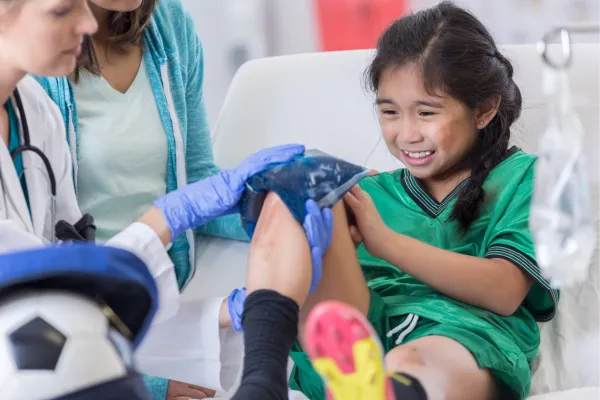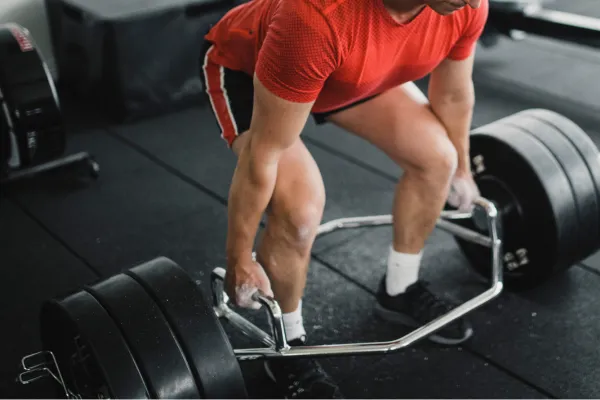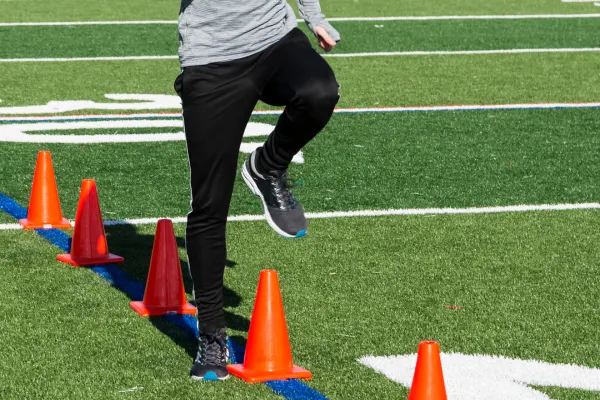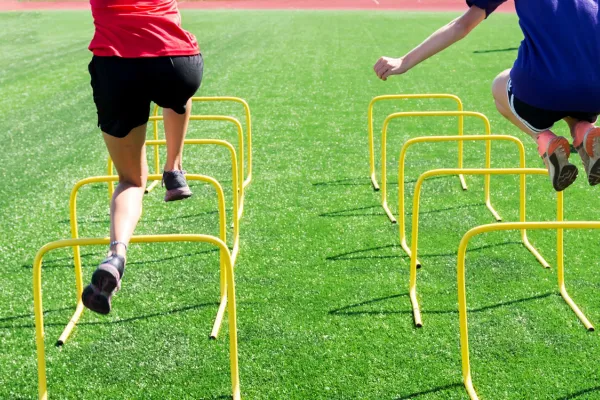
Think Twice Before You Ice: A New Approach to Injury Recovery
Why PEACE and LOVE Are Replacing the RICE Method for Injury Recovery
For decades, athletes, coaches, and healthcare professionals have used the RICE method—Rest, Ice, Compression, and Elevation—as the go-to approach for managing injuries, particularly soft tissue injuries like sprains and strains. However, recent research has shown that the traditional RICE method may not be as effective as we once believed. In fact, new guidelines suggest replacing RICE with a more holistic approach known as PEACE and LOVE, which better promotes healing and recovery.
The RICE Method: A Quick Review
The RICE method has been a staple for injury management, particularly in the acute stages of an injury. It was designed with the following goals:
Rest: Preventing movement to avoid aggravating the injury.
Ice: Reducing swelling and numbing pain.
Compression: Controlling swelling by applying pressure.
Elevation: Limiting fluid accumulation by raising the injured area.
Although these components have been part of injury management for years, newer research has raised questions about their effectiveness, especially when it comes to ice and rest.
Why PEACE and LOVE?
PEACE and LOVE stand for:
P – Protection
E – Elevation
A – Avoid anti-inflammatories
C – Compression
E – Education
And for the recovery phase:
L – Load
O – Optimism
V – Vascularization
E – Exercise
This updated approach focuses on a more dynamic healing process, emphasizing early movement and rehabilitation. Let's dive into why PEACE and LOVE is more effective than RICE.
Protection and Elevation – Starting Right
The first step of the PEACE method, Protection, involves minimizing further damage to the injured area. This often means temporarily using a brace or splint but not necessarily immobilizing the joint completely. Elevation, like in the RICE method, helps control swelling, but research shows that prolonged immobilization may do more harm than good (Abbott et al., 2016). Elevating the injured area within the first 48 hours helps limit swelling but allows for gentle movement to promote healing.
Avoiding Anti-Inflammatories – Let the Body Heal Naturally
One of the most significant shifts in PEACE is the avoidance of anti-inflammatory drugs (NSAIDs) in the acute phase. While it may seem intuitive to reduce inflammation with medications, studies show that inflammation is a necessary part of the healing process (Zhang & Li, 2014). Using anti-inflammatories may suppress the body's natural immune response and delay recovery (Dey et al., 2017). Allowing the body to heal naturally by managing inflammation with proper rest and elevation is more effective in the long term.
The LOVE Phase – Promoting Long-Term Healing
Once the acute phase has passed, the LOVE phase takes over. Here's where the real transformation happens.
Load: Controlled loading of the injured area is crucial for promoting tissue repair and rebuilding strength. Research suggests that early movement, within safe limits, leads to better recovery outcomes than prolonged rest (Khan et al., 2009).
Optimism: Mental health plays a significant role in physical recovery. Optimism has been linked to improved outcomes in injury rehabilitation (Smith et al., 2018). Encouraging athletes to maintain a positive mindset is vital for overcoming setbacks and staying motivated during recovery.
Vascularization: Encouraging blood flow to the injured area speeds up recovery. Movement, even gentle movement, enhances circulation, which is essential for delivering oxygen and nutrients to the tissues. Activities like light stretching or gentle aerobic exercises can help (Bishop et al., 2014).
Exercise: Finally, exercising the injured area is key for regaining strength and flexibility. In contrast to the "rest completely" approach of RICE, PEACE and LOVE encourages athletes to gradually introduce exercises that stimulate muscle rebuilding without causing strain (Holt et al., 2017).
Why This Approach Works
The shift from RICE to PEACE and LOVE comes from a growing body of evidence that suggests traditional methods—especially rest and ice—may impede long-term recovery. By keeping the injured area stagnant, we may inadvertently slow the healing process. Additionally, applying ice for extended periods can restrict blood flow, which is necessary for tissue regeneration.
The PEACE and LOVE model aligns more closely with the body’s natural healing rhythms. Instead of freezing the injury in time with excessive rest and ice, this method emphasizes gentle, controlled movement, promoting blood flow, tissue regeneration, and overall functional recovery.
The Science Behind PEACE and LOVE
Research supports the effectiveness of these principles:
Movement and Early Loading: A study by Khan et al. (2009) found that early movement and loading during the rehabilitation process lead to quicker and more effective recovery from musculoskeletal injuries. This is in stark contrast to the immobilization promoted by traditional rest-based approaches.
Inflammation’s Role: As highlighted by Zhang and Li (2014), inflammation is a necessary biological response that facilitates tissue healing. Suppressing this process with anti-inflammatory drugs can slow down the recovery process by interfering with the natural repair mechanisms.
Mental Health in Recovery: Studies on rehabilitation have also shown that maintaining a positive mindset can directly influence recovery outcomes. Smith et al. (2018) demonstrated that optimism and psychological support play significant roles in reducing recovery time and improving performance outcomes after injury.
Final Thoughts: A Smarter Way to Heal
Replacing RICE with PEACE and LOVE is more than just a shift in terminology—it's a holistic approach that recognizes the complexity of injury recovery. By incorporating early movement, encouraging mental resilience, and respecting the natural healing process, PEACE and LOVE offer a more effective method for athletes and active individuals recovering from injury.
If you're recovering from an injury or helping others heal, consider adopting the PEACE and LOVE approach. It not only promotes faster healing but also empowers the athlete to take an active role in their recovery process.
Take a look at this interview between IYCA Brand Executive, Julie Hatfield-Still and Athletic Trainer, Erin McCormick.
Resources:
Abbott, J. H., et al. (2016). Management of acute soft tissue injuries: A systematic review. Journal of Science and Medicine in Sport, 19(2), 94-100. https://doi.org/10.1016/j.jsams.2015.02.003
Bishop, D., et al. (2014). Vascularization and exercise in recovery. Sports Medicine, 44(8), 1109-1118. https://doi.org/10.1007/s40279-014-0197-4
Dey, M., et al. (2017). The effect of non-steroidal anti-inflammatory drugs on healing. Journal of Clinical Orthopaedics and Trauma, 8(1), 11-19. https://doi.org/10.1016/j.jcot.2016.10.005
Holt, N. R., et al. (2017). Early rehabilitation after soft tissue injury. British Journal of Sports Medicine, 51(6), 390-395. https://doi.org/10.1136/bjsports-2016-096201
Khan, K. M., et al. (2009). Rehabilitation and early loading after injury. British Journal of Sports Medicine, 43(7), 520-522. https://doi.org/10.1136/bjsm.2009.063867
Smith, M. R., et al. (2018). The impact of optimism on rehabilitation outcomes. Journal of Rehabilitation Psychology, 63(4), 547-556. https://doi.org/10.1037/rep0000232
Zhang, Y., & Li, J. (2014). Inflammation and tissue repair. Current Opinion in Rheumatology, 26(3), 281-286. https://doi.org/10.1097/BOR.0000000000000052








